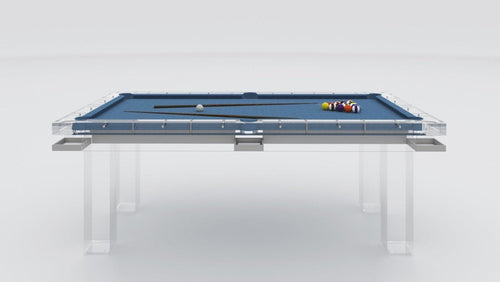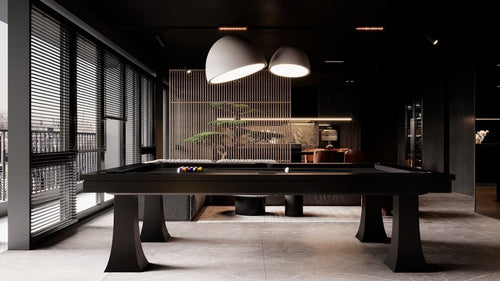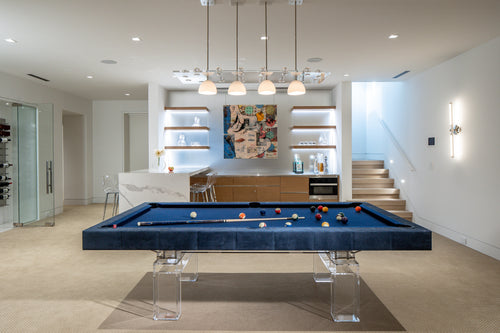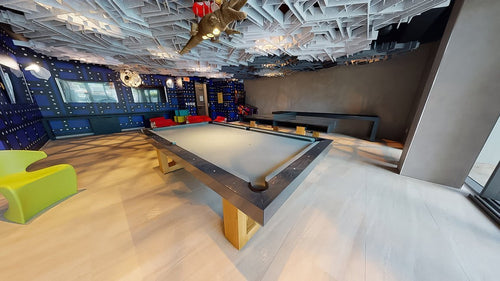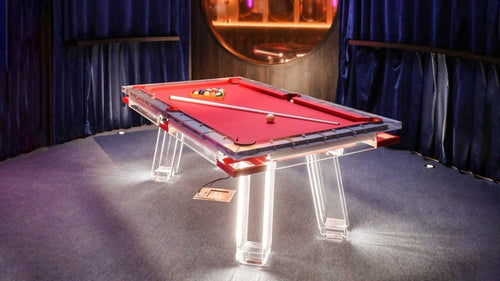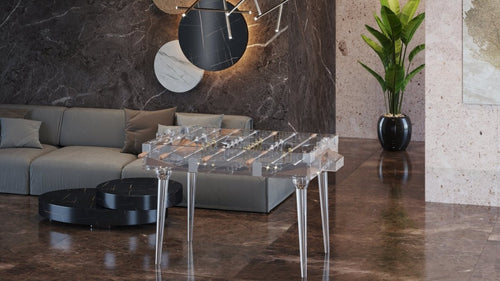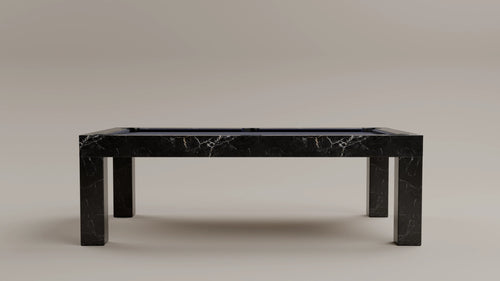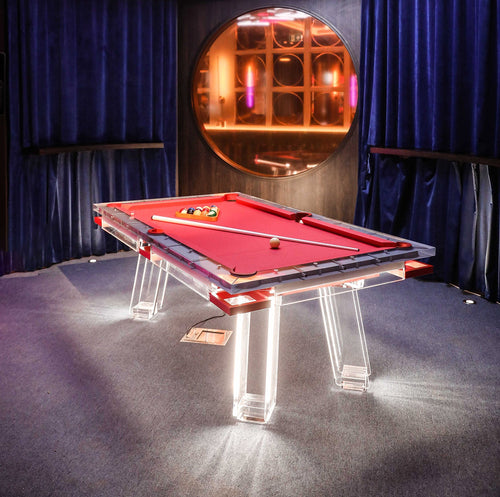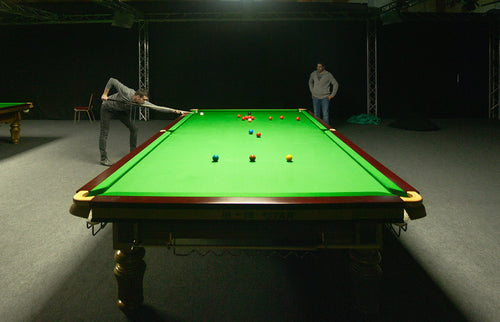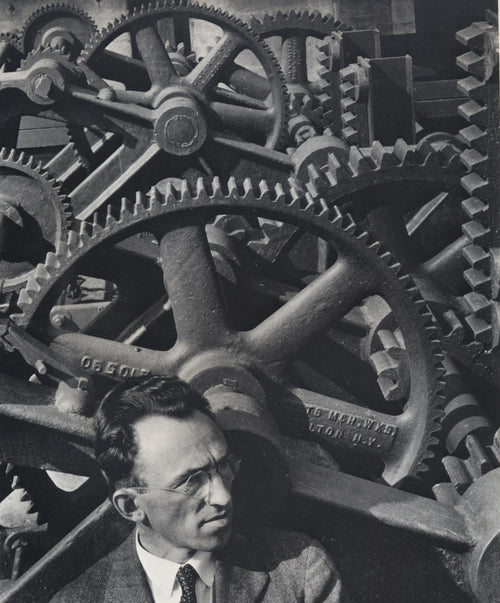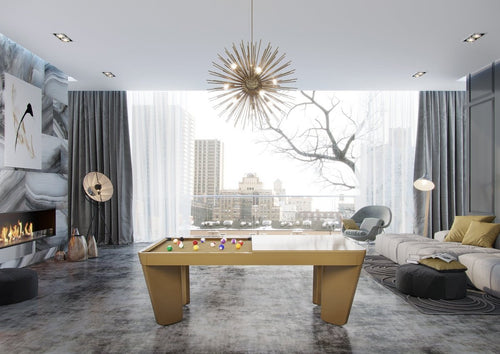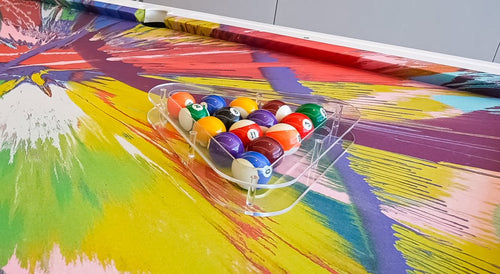Enjoy our modern designs
Estimated Read Time: 7 mins |
The Greek Revival style, which emerged in the early 19th century, was more than just an aesthetic trend—it was a cultural movement driven by idealism, nationalism, and a romanticized view of antiquity. Both Britain and the United States embraced the style as part of a larger quest to link their modern identity with the democratic and artistic legacy of ancient Greece. However, while the inspiration was shared, the execution and cultural motivations diverged significantly.
Greek Revival in Britain: Grand Ideals, Practical Limits
Following the Regency period, Britain saw a shift from general Neoclassicism to a more pointed embrace of Greek models. Publications like Stuart and Revett's Antiquities of Athens and the growing accessibility of Greek ruins ignited a belief that ancient Greek design marked a pinnacle of human creativity.
- The British Museum (1823), with its pedimented Ionic portico inspired by the Erechtheum, designed by Sir Robert Smirke.
- Euston Station (1835–7), whose Doric entrance pavilion by Philip Hardwick set a dramatic stage, even if the interiors leaned modern.
Yet, the movement faced challenges. Greek temples were built for religious rituals, not modern functions. Their interiors were small and dark—not ideal for libraries, train stations, or museums. British designers struggled to make Greek aesthetics work in a contemporary context. This functional disconnect, combined with stylistic fatigue and competition from Gothic Revivalists, led to the style's relatively early decline in Britain.
Greek Revival in the United States: Democracy in Wood and Stone
In America, the Greek Revival style was deeply ideological. As the first modern republic, the U.S. saw ancient Greece as a cultural ancestor. Cities were named Ithaca, Syracuse, and Utica; columns and pediments adorned courthouses and homes alike.
The movement evolved from the more decorative Federal style into a purer archaeological classicism, aided by the same sources as in Britain. Yet, American applications were often more widespread and democratic.
Public Architecture
- Second Bank of the United States (1818–24), designed by William Strickland, was modeled on the Parthenon.
- U.S. Customs House (now Federal Hall, 1833–42) in New York showcased Doric exteriors and a Corinthian-domed interior.
- Robert Mills' Treasury and Patent Office further entrenched Greek motifs in Washington's public architecture.
The "Temple House"
Nowhere was Greek Revival more distinctively American than in residential buildings. The simple addition of a massive Doric portico to homes created the now-iconic "Temple House."
- The Lee Mansion in Arlington is a prototypical example.
- Hundreds of such homes spread from New England to the South and Midwest.
Often constructed from wood, not marble, these homes reflected local craftsmanship. Pattern books like Minard Lafever's Modern Builder’s Guide democratized Greek detail, allowing carpenter-builders to mimic ancient motifs using affordable materials.
Interior Adaptations
- Ionic columns separated parlors.
- Greek moldings (egg-and-dart, key patterns) adorned cornices and ceilings.
- Furniture borrowed from vase paintings, like klismos chairs and curved-back sofas.
- The Merchant's House Museum in NYC remains a pristine example.
Despite its popularity, the style faded by the mid-19th century. Critiques of its archaeological liberties, impractical layouts, and lack of variety—combined with rising interest in Gothic and other Romantic styles—pushed Greek Revival into the rearview.
Conclusion: Two Nations, One Ideal
Greek Revival architecture in Britain and the United States was a shared pursuit rooted in admiration for the ancient world. Yet, in practice, Britain often struggled to balance form and function, while America enthusiastically adapted the aesthetic to serve both public and domestic needs. Whether in the Ionic halls of museums or the wooden porticos of farmhouses, the Greek Revival made antiquity tangible—a visual language of democracy, order, and timeless grandeur.




